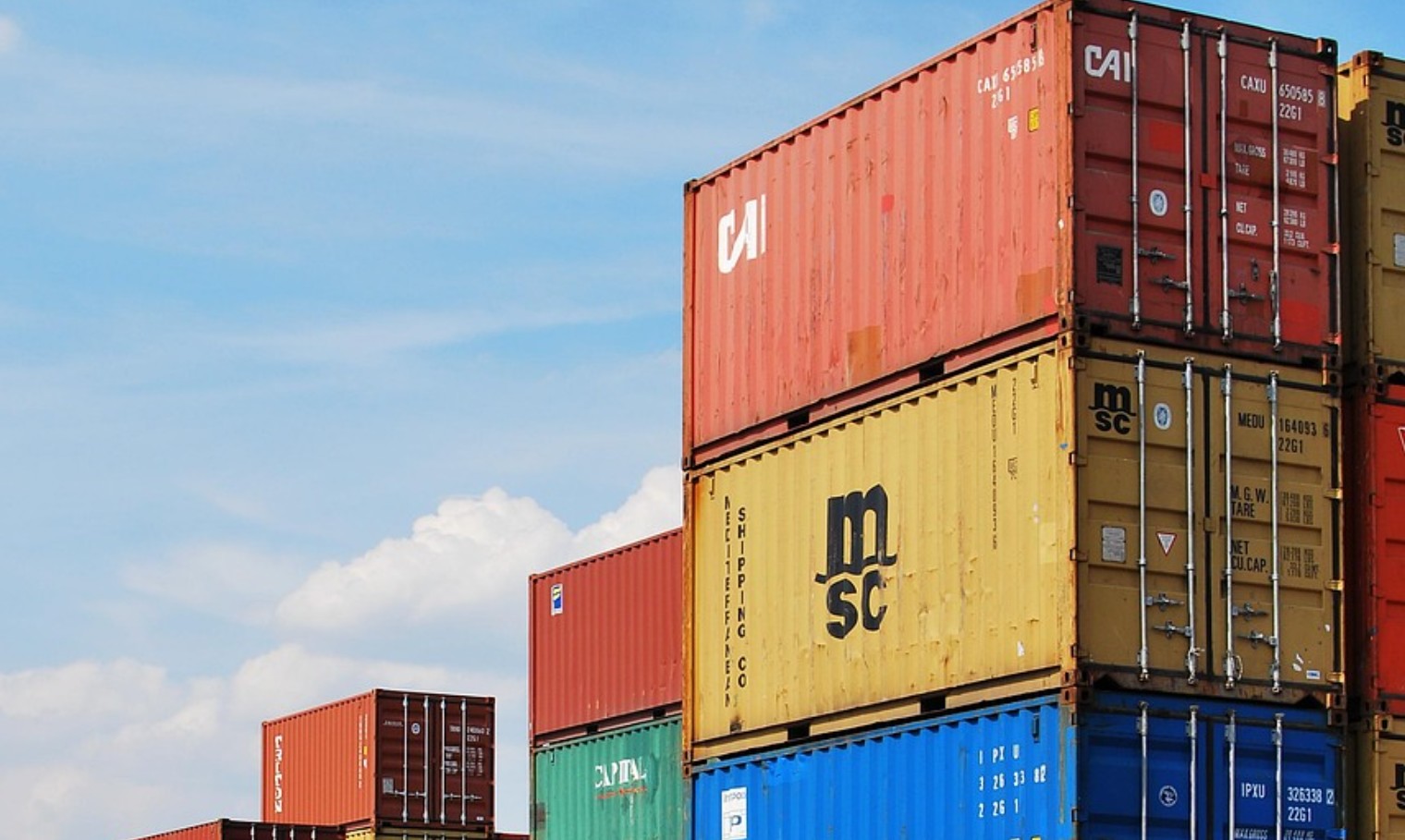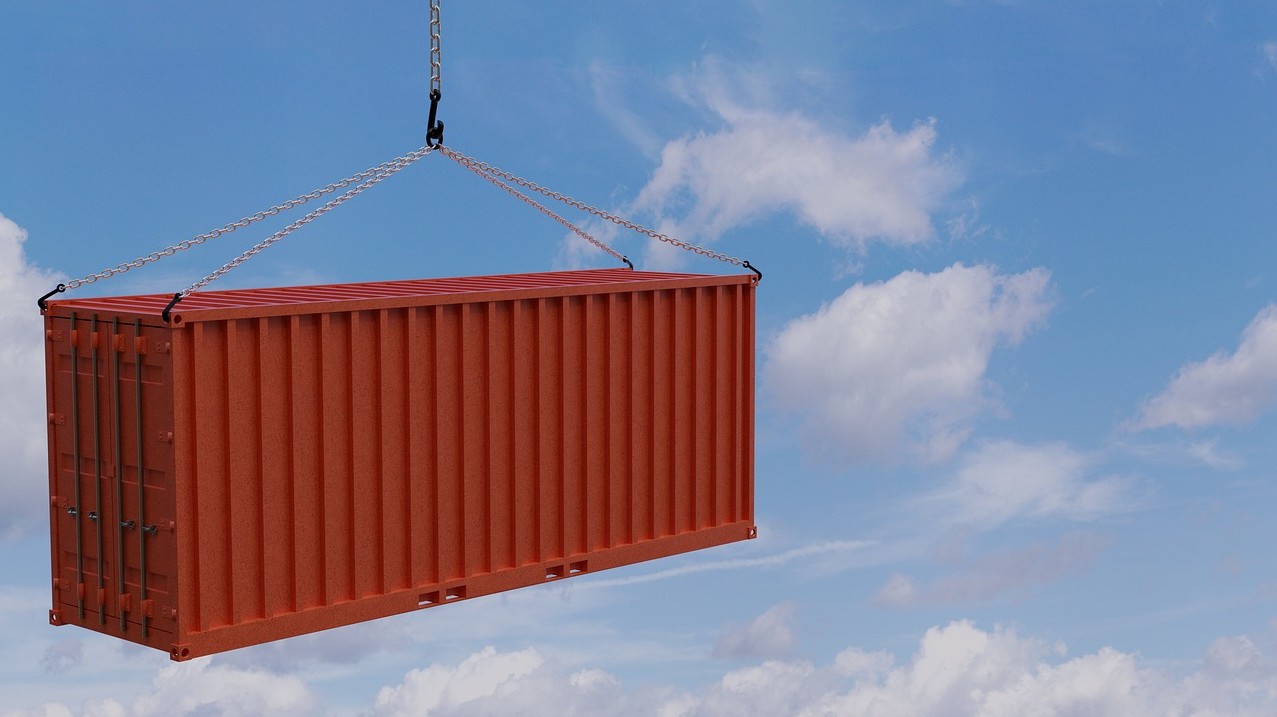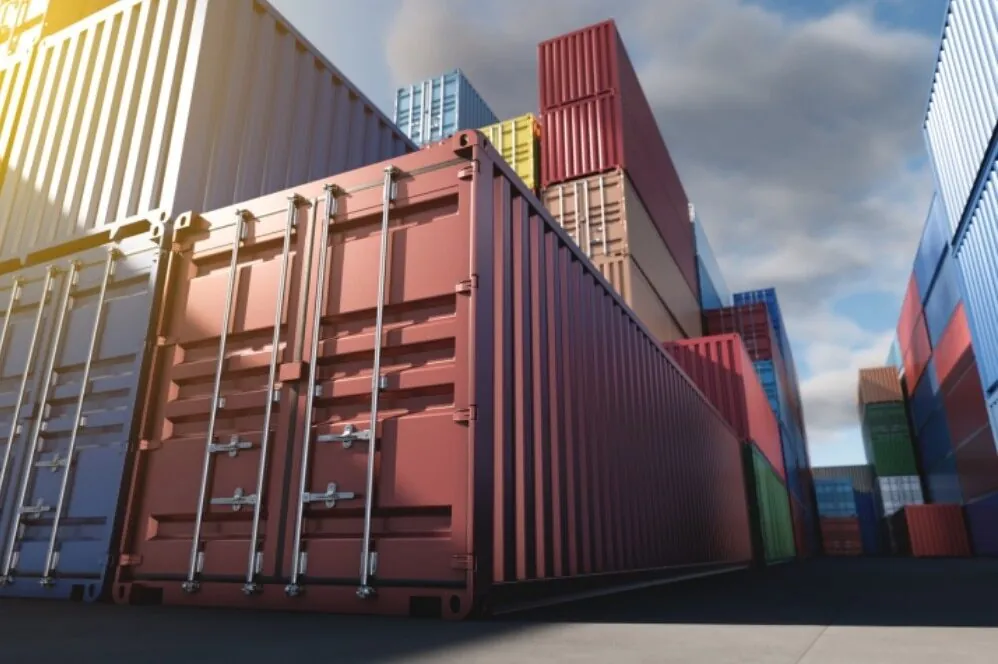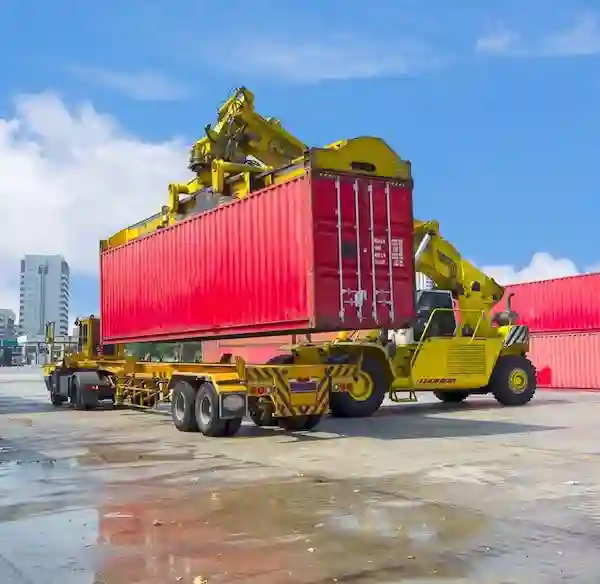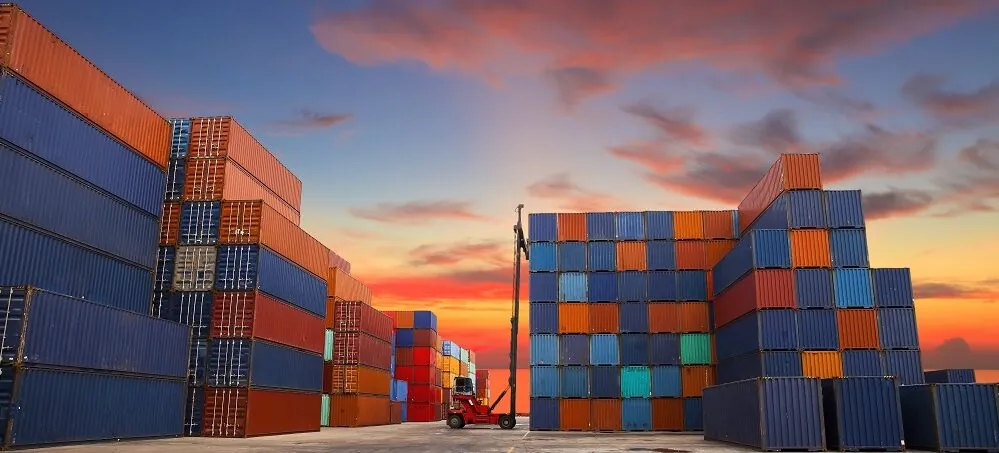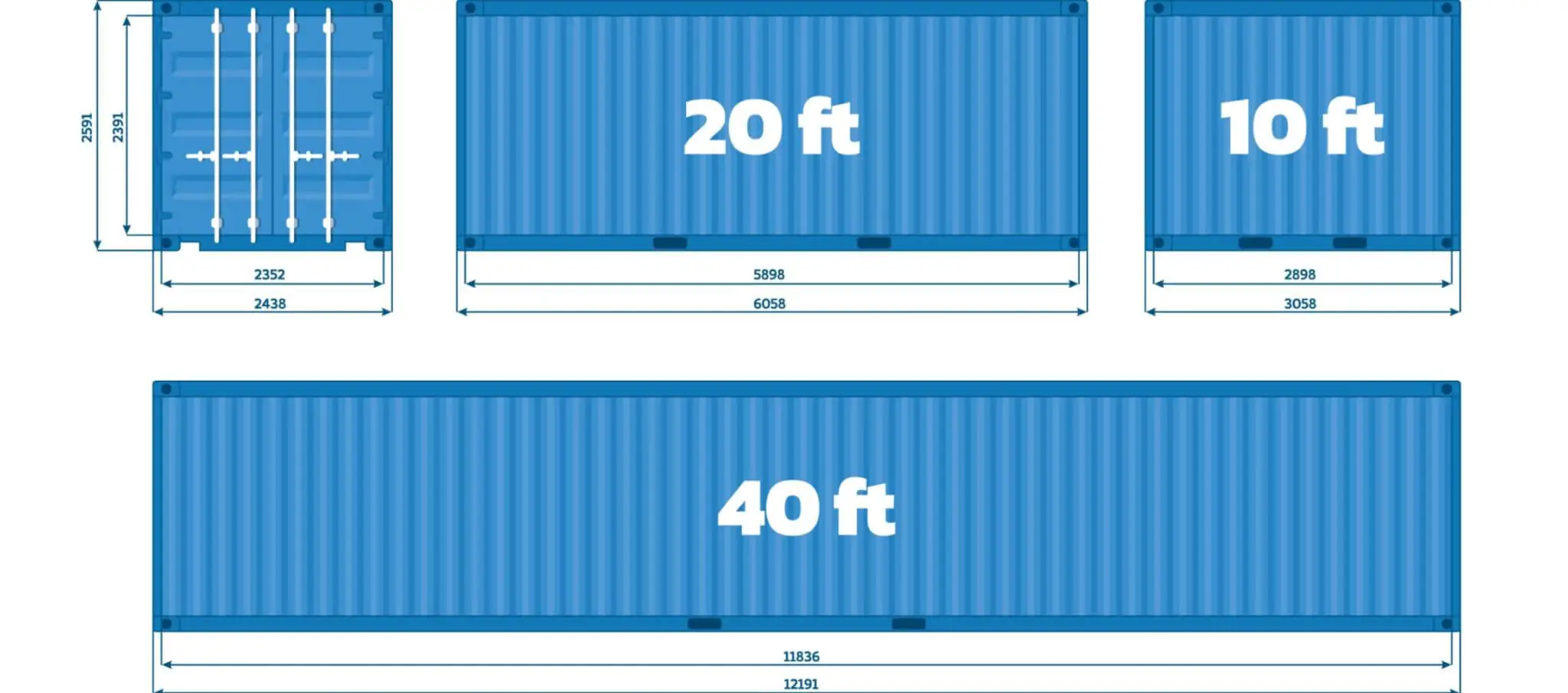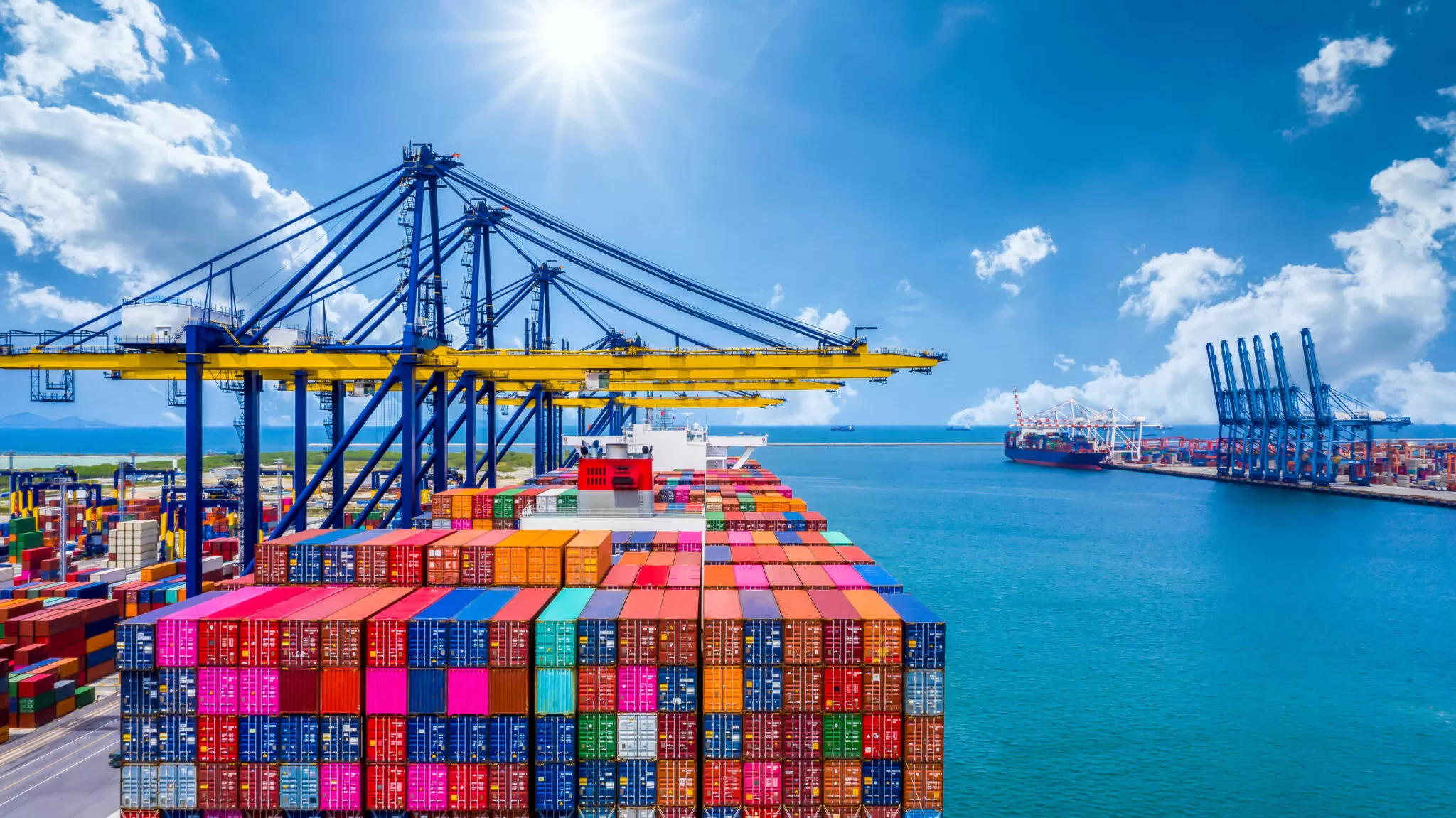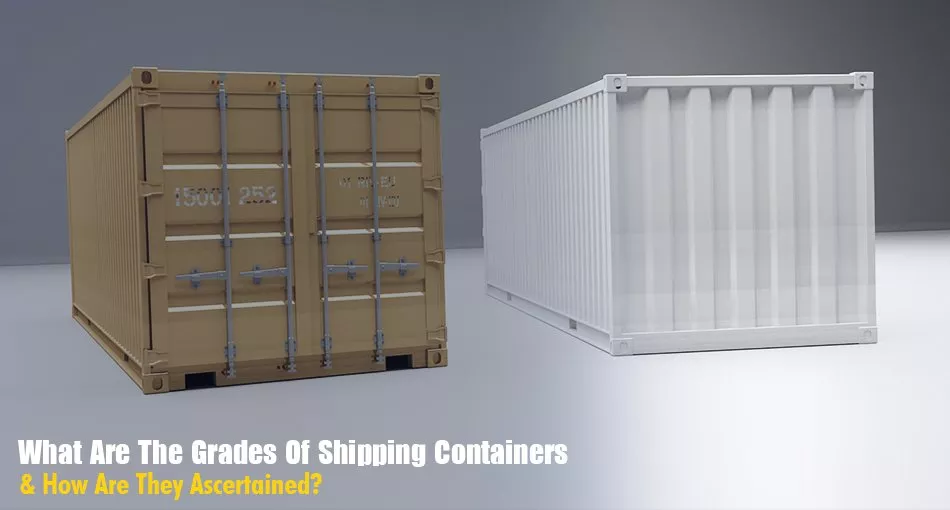What is SOC container. When to use it & why is it getting popular among freight forwarders

Managing international cargo movement has always involved a series of trade-offs. Shipping lines control much of the process, from equipment to routing, leaving shippers and freight forwarders to deal with the consequences — fees, delays, and inflexible terms. But there’s a shift underway. As markets get more unpredictable and access to equipment becomes harder during peak times, more forwarders are turning to a different model: the Shipper-Owned Container (SOC). This method, once seen as niche, is gaining traction fast. It promises better control, fewer surprise charges, and new ways to handle one-way shipments that don’t fit the standard mold.
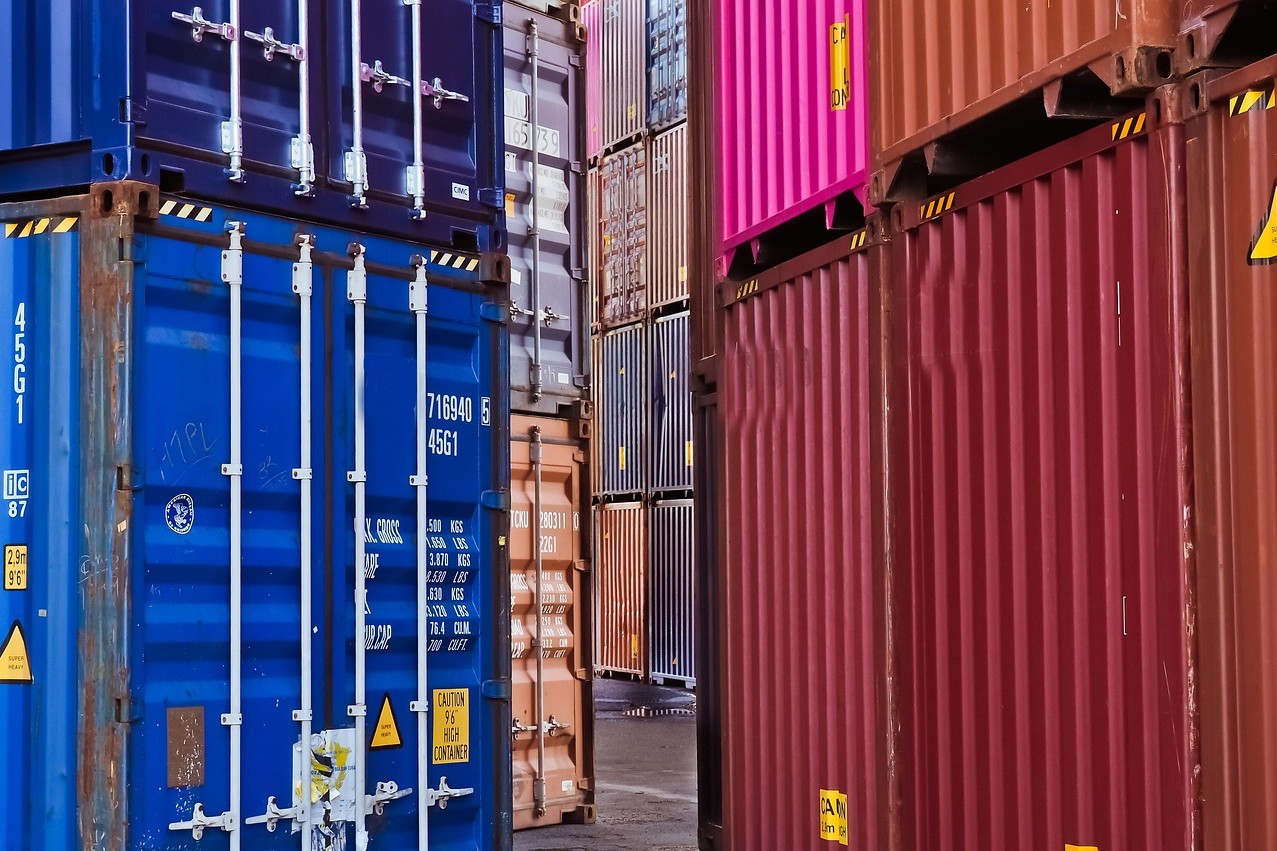
What is a Shipper-Owned Container (SOC)?
If a shipping container is owned by a shipper or freight forwarder instead of being leased, it is a Shipper-Owned Container (SOC). While Carrier-Owned Containers (COC) are controlled and provided by the shipping lines, SOC containers give full control of the container to the shipper. This puts a responsibility of returning the container, managing the move, and paying any related charges on the shipper.
Ownership of the container shifts some responsibilities but also provides flexibility in how it is used. Since the forwarder or shipper isn’t tied to a shipping line’s operational requirements, they can choose routes, plan cargo movement more freely, and avoid certain types of charges, like detention or demurrage, that are common with COC usage.
When to use SOC containers?
Using SOC containers makes sense in specific scenarios. A major example is in one-way moves, where the container is only needed at the destination and would otherwise have to be returned empty. With COC, this triggers additional charges and operational hassle, but with SOC, the container can stay put, be sold, or repurposed.
They’re also practical when shipping to remote or inland locations where returning a container is expensive or difficult. Shippers sending cargo to such places often struggle to find a cost-effective solution with COC. With SOC, there’s no need to reposition the container to a major port.
In some cases, SOC containers are the better fit for time-sensitive operations where the forwarder wants tighter control over container logistics and less dependency on carrier timelines. When a lease or contractual agreement favors long-term usage, SOC becomes more attractive.
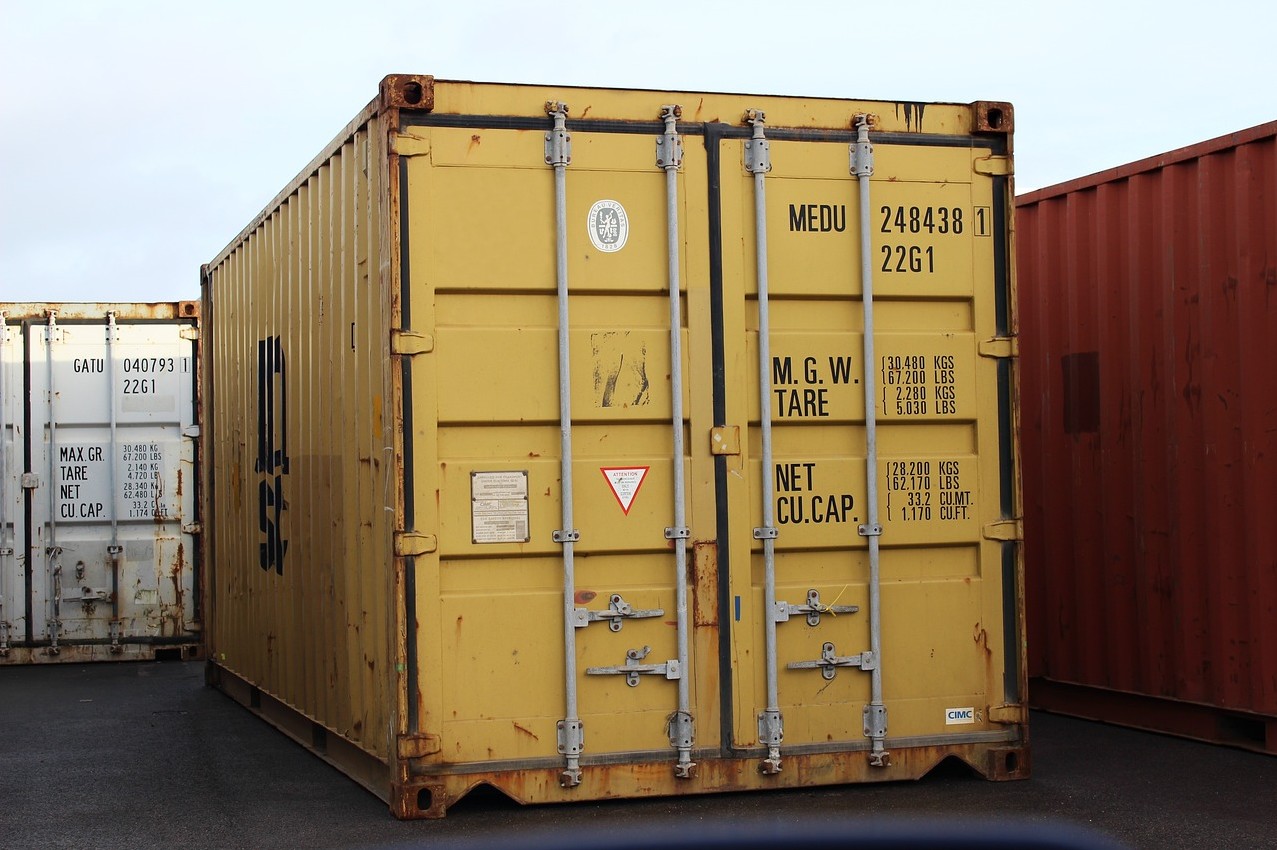
How SOCs help freight forwarders cut costs
For freight forwarders, the financial appeal of SOC containers is significant. With COC, every day a container isn’t returned leads to demurrage and detention charges. If a shipment hits a delay at the port or destination, these fees climb quickly.
SOC eliminates that risk. Since the container is owned, delays don’t stack up daily costs. Over time, especially for freight forwarders moving large volumes to unpredictable locations, that cost difference adds up.
There’s also a strategic advantage. When forwarders own or source SOC containers, they’re not competing for COC availability during peak shipping seasons. This independence reduces price volatility and prevents service disruptions. Platforms like Pelican Containers offer a reliable supply of 40ft standard containers, which many forwarders rely on.
Another cost-cutting aspect comes from repositioning. Shipping lines often reposition empty containers at a high cost. With SOC, this problem can be avoided entirely or solved more affordably by selling or reusing the container at its final destination.
How to find SOCs for one-way moves?
Finding a SOC for a one-way move isn’t as difficult as it might seem. Several platforms and suppliers specialize in offering containers for purchase in key trade regions. These companies allow forwarders to buy or temporarily use a container for specific routes, especially where COC use would involve costly repositioning.
In particular, online marketplaces like Pelican Containers list a wide range of container types and locations. Options such as 40ft high cube containers are available to ship cargo across regions without needing to return the box.
Some platforms offer direct contact with suppliers and location tracking to help match the right container with the right route. For instance, if a forwarder is shipping goods to inland Africa or Central Asia, a SOC can be delivered to that location, used once, and sold locally — avoiding return freight.

How freight forwarders can expand their global network with SOC containers
Using SOC containers opens up new global lanes and operations for freight forwarders. Instead of relying on shipping lines’ container pools, forwarders can move cargo in and out of new markets without waiting for COC availability.
For instance, routes underserved by major carriers can be tapped into with owned containers. If a forwarder builds relationships with suppliers in regions like Southeast Asia, South America, or Eastern Europe, they can use SOC containers to reach those areas independently.
Many forwarders looking to gain an edge now keep a small fleet of SOC containers or source them through platforms. For high-volume routes or irregular moves, this gives better flexibility and control. High-demand boxes like the 40ft shipping containers remain a core asset.
Also, by offering SOC options to clients, forwarders can differentiate their service and even add a leasing element to their business. If they own a 40ft high cube container, they can lease it out between jobs to improve asset utilization.
Lastly, unique container types, like the 40ft high cube double door tunnel container, allow forwarders to specialize in niche cargo or complex moves, giving them even more leverage in shaping new routes and global operations.
Conclusion
Shipping lines don’t always offer the flexibility or pricing that freight forwarders need. SOC containers present an alternative that cuts long-term costs, supports expansion into hard-to-reach places, and gives back control of the cargo operation. Whether it’s about avoiding detention fees, making better use of one-way trips, or building stronger trade lanes, SOC containers are shaping a different kind of freight model. For those who know where to get them and how to use them, they’re more than just metal
boxes — they’re a strategic tool for smarter shipping.
Vanessa is a dedicated writer and content enthusiast at Pelican Containers. With a background in practical writing and a keen eye for clarity, she transforms complex container topics into easy-to-understand and useful content. Her passion lies in exploring the evolving world of container usage — from smart storage hacks to global logistics trends.
When she's not writing, Vanessa loves discovering creative shipping container projects or traveling to find new inspiration.
Explore thoughtful, informative, and accessible content with Vanessa!
Vanessa is a dedicated writer and content enthusiast at Pelican Containers. With a background in practical writing and a keen eye for clarity, she transforms complex container topics into easy-to-understand and useful content. Her passion lies in exploring the evolving world of container usage — from smart storage hacks to global logistics trends.
When she's not writing, Vanessa loves discovering creative shipping container projects or traveling to find new inspiration.
Explore thoughtful, informative, and accessible content with Vanessa!
FAQ
What is a SOC container?
A SOC container is a container owned by the shipper or the freight forwarder, not leased from a carrier. This gives full control over the container’s use and return, and helps avoid common charges like detention or demurrage. It’s a practical alternative for shippers wanting more flexibility and fewer restrictions during cargo movement.
What’s the difference between COC and SOC?
COC stands for Carrier-Owned Container, while SOC stands for Shipper-Owned Container. In COC use, the container is provided by the shipping line, and the shipper must follow its rules, including returning the box on time or paying fees. With SOC, the container is owned or sourced by the shipper, so there’s no obligation to return it to a carrier—only to manage its use responsibly.
Why did shipping companies start using SOC containers?
Shipping companies didn’t start this trend—freight forwarders and shippers did. As costs rose and empty containers became harder to reposition, forwarders began looking for alternatives to rigid COC terms. SOC use helps them avoid return trips, cut fees, and maintain more control over routes and operations.
What is the use of SOC container in logistics?
In logistics, SOC containers are used when shippers need more freedom to plan routes, ship to remote locations, or make one-way moves without having to return the container. They reduce costs tied to leasing, help avoid empty returns, and support expansion into areas where COC services are limited or overpriced.
What is the most common shipping container?
The most commonly used shipping unit is the 40ft standard container. It’s a go-to choice for general cargo because of its balance between size and versatility. Many forwarders and suppliers stock this type due to its demand across most trade lanes.

